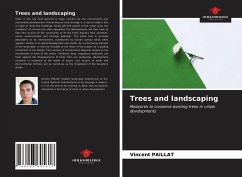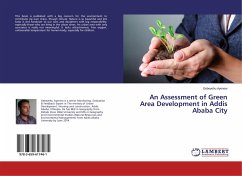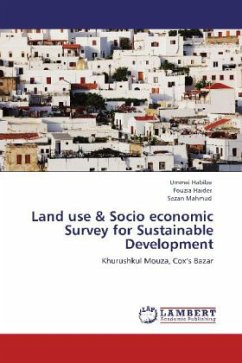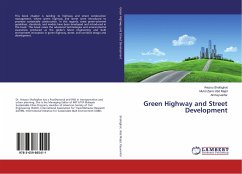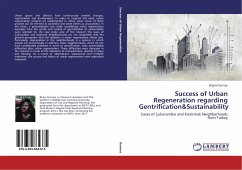
Air Pollution Abatement through Trees & Green Belt Development
Versandkostenfrei!
Versandfertig in 6-10 Tagen
41,99 €
inkl. MwSt.

PAYBACK Punkte
21 °P sammeln!
Man has been tampering with his environment right from his earliest dawn on this earth. But only in the twentieth century, have the mounting pressures of population and technology raised the question of man's very survival. Most of the human activities generate pollution of one or other types and of different magnitudes, to which all the organisms are exposed. Green belts are thought to be effective in such scenarios, where green plants form a surface capable of absorbing pollutants and forming sinks for pollutants. Leaves with their vast area in a tree crown, absorbs pollutants on their surfa...
Man has been tampering with his environment right from his earliest dawn on this earth. But only in the twentieth century, have the mounting pressures of population and technology raised the question of man's very survival. Most of the human activities generate pollution of one or other types and of different magnitudes, to which all the organisms are exposed. Green belts are thought to be effective in such scenarios, where green plants form a surface capable of absorbing pollutants and forming sinks for pollutants. Leaves with their vast area in a tree crown, absorbs pollutants on their surface, thus effectively reduce their concentrations in the ambient air. Scattering a few known sensitive plants, (including selectively sensitive species) within a green belt however, do carry out an important function of indicating the presence of pollutants, which the tolerants would not indicate.



